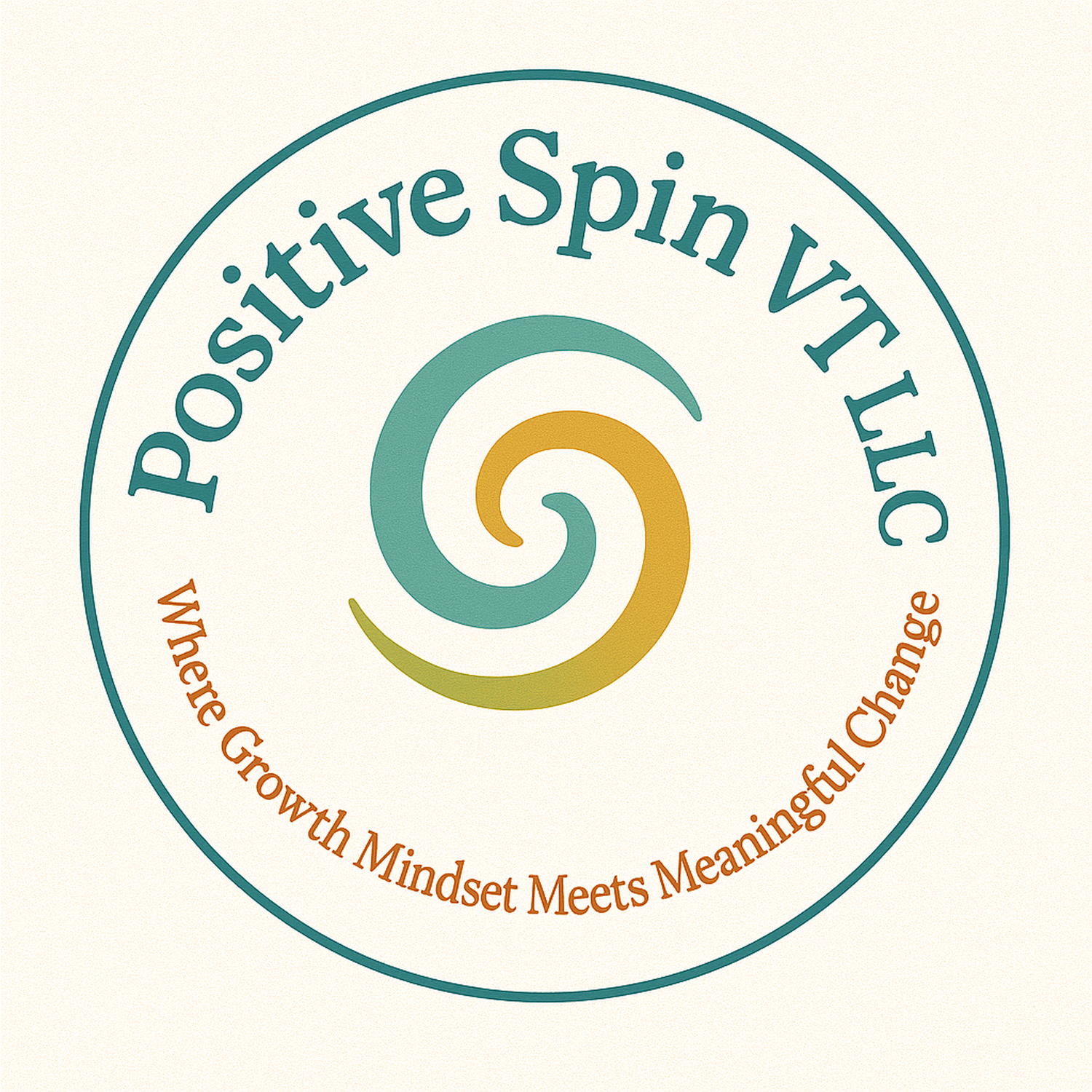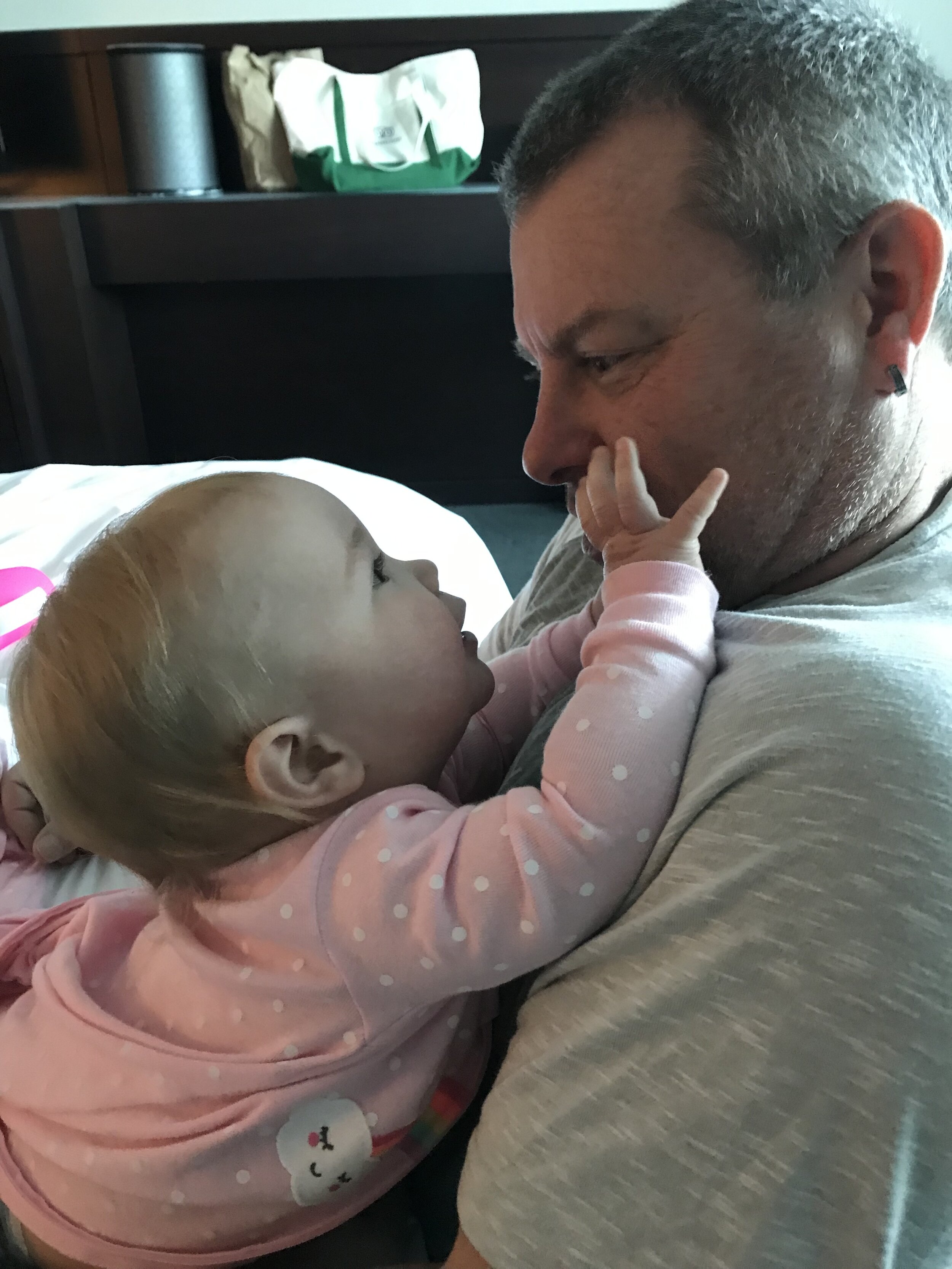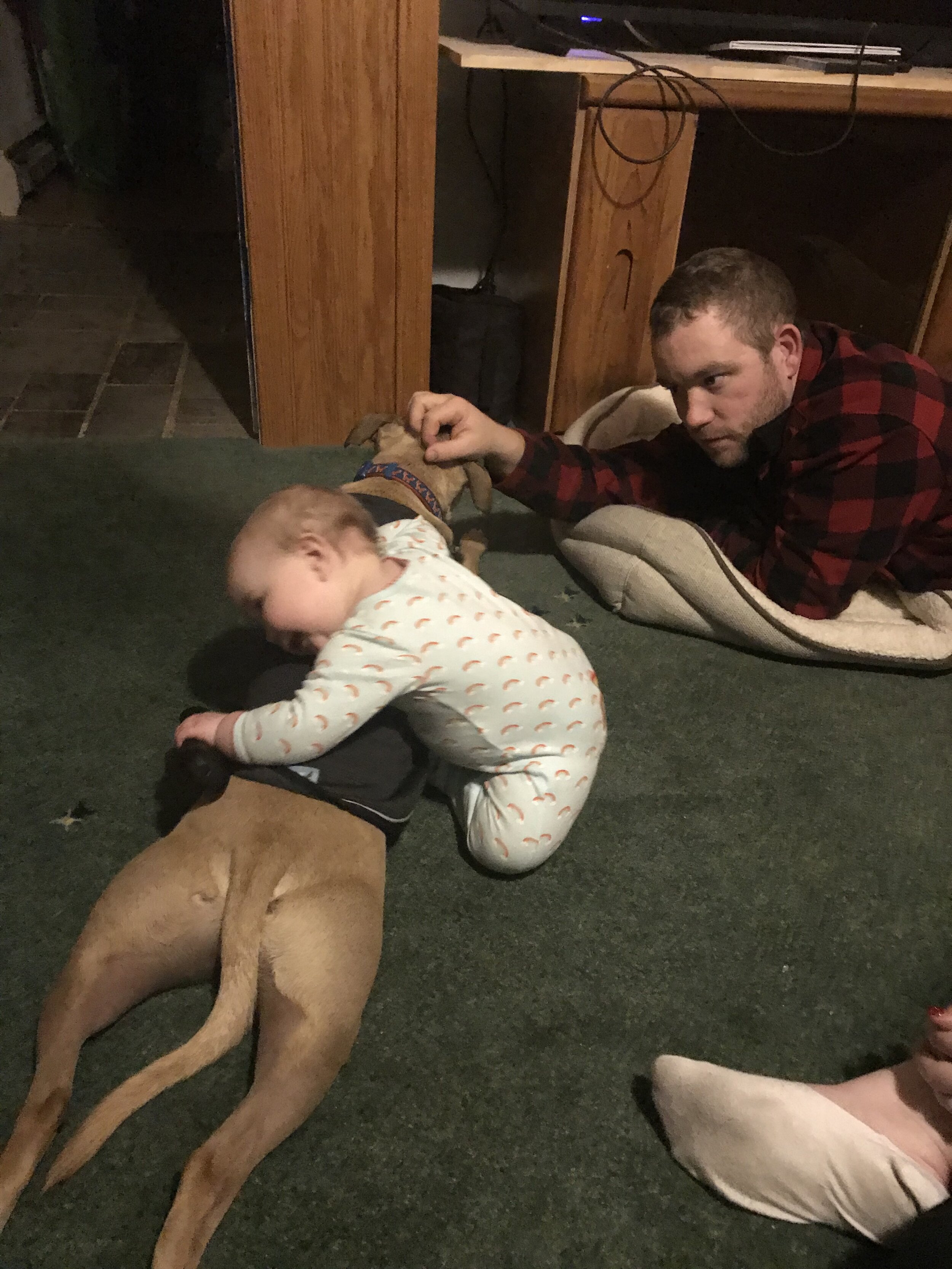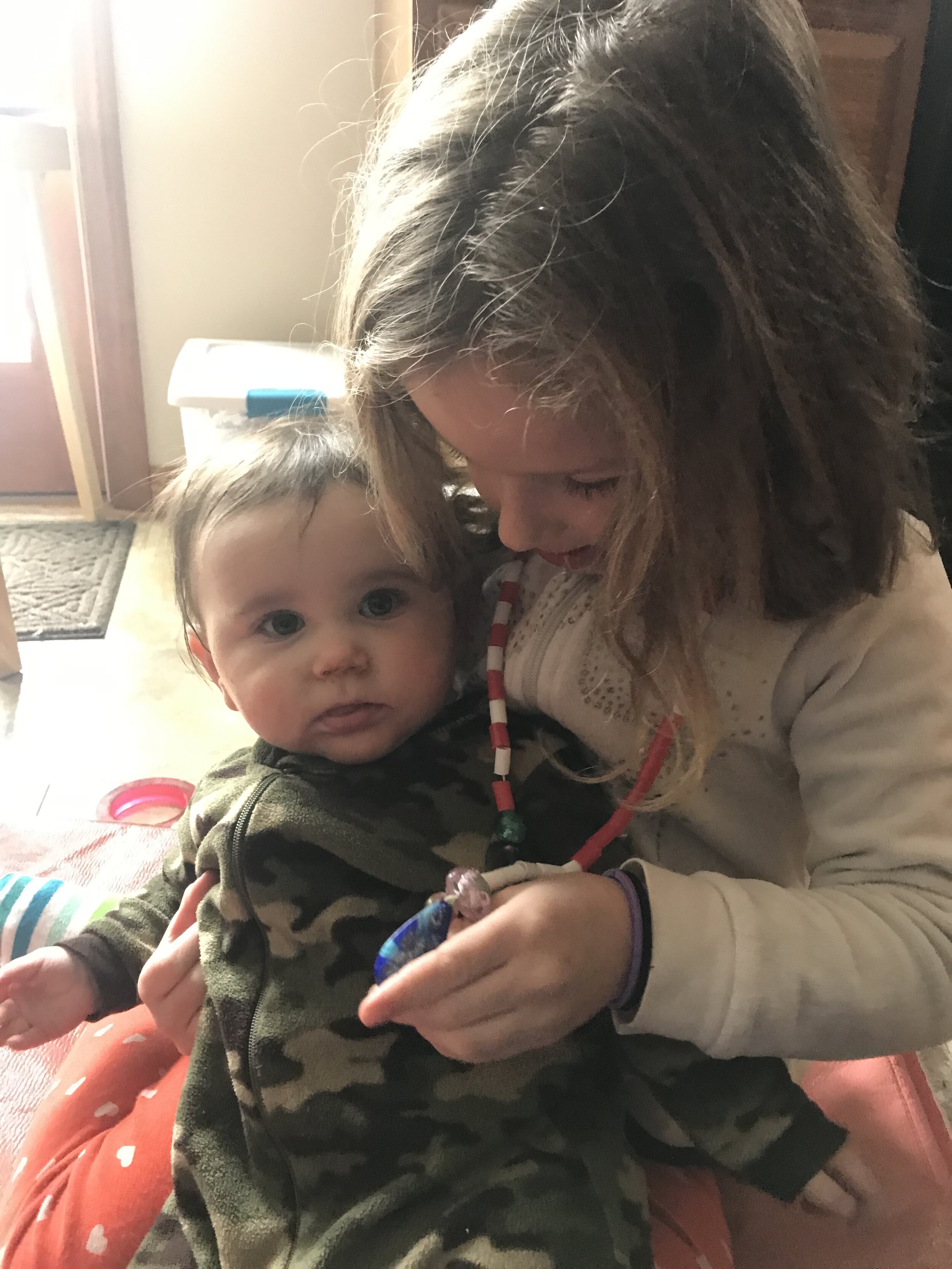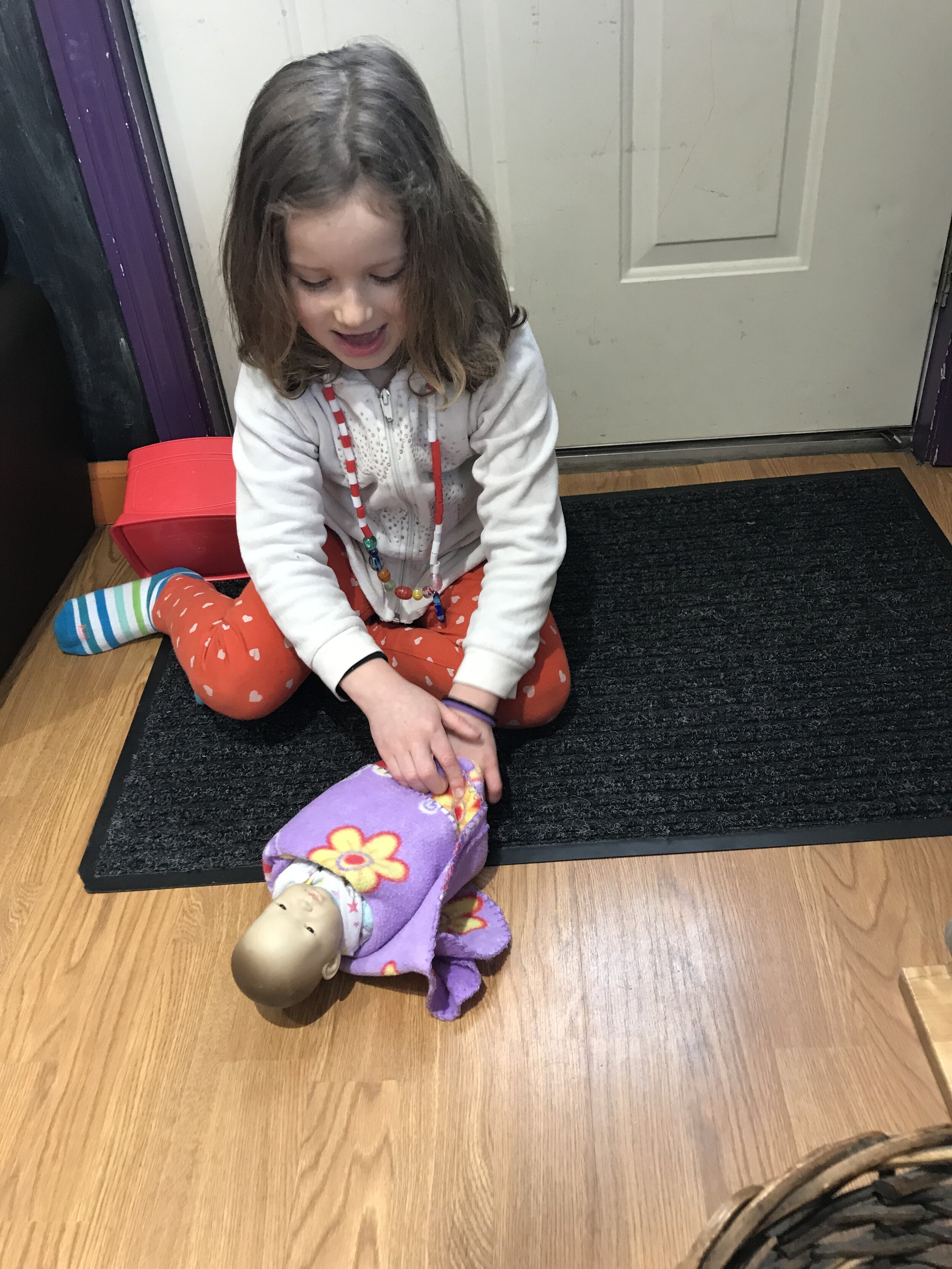Bedtime Rituals and Routines
Published in The Other Paper, March 2017, written by Ellen M. Drolette
I decided that for this article I wanted to know the good and not so good about bedtime routines that parent’s use and what have been the
ramifications when it hasn’t worked or maybe your child was not a great sleeper. I asked in a variety of social media forums about people’s routines. I really got some incredible, sweet and funny feedback. There was one constant for many and that was reading stories before bed. This eventually led to the child reading to the parent and eventually to themselves in to their later years. This one simple step is essential to building literacy skills while also creating a routine and this can start from birth. Children need consistency to feel secure and safe.
This creates an opportunity for healthy social and emotional growth to happen in a natural way.
Many people responded by saying a bath before bedtime, while some said a bath wound their children up and they avoid it. My best friend, Beth shared this, “My favorite ritual with the girls was ‘happy thoughts and wishes’. We would talk about all the things that had happened that day/week that brought them joy and what we had to look forward to. We did this every night, falling asleep”. An old high school friend of mine, Don tells me that, “Each of my daughters had different songs I would sing after story. One liked Twinkle, Twinkle little star and the other Row, Row, Row your boat. Usually took three times and it was lights out. I miss those days!” One friend of mine, Thea with grown children recalled these memories; “I sang very non-traditional lullabies, things like Sweet Baby James and Brand New Key. One of my favorite memories is Shannon calling me from a James Taylor concert and saying, ‘This is for you, Mom!’.”
My friend Kate shares a humorous look at what the first child sleep routine felt like and what it has morphed into with three children.
“The routines have evolved as the kids have grown up obviously. When Jax was an infant it was such a process that actually getting him to sleep and then tucked away in his crib amounted to the same stressful pressure as what I can only assume people that diffuse bombs for a living experience. If the house creaked, the blanket pulled, or God forbid your necklace hit the crib as you stood back up after a successful crib drop... it was detonation and start back at step one. Once he and subsequently Seamus became actual people instead of crying
potatoes the routine has settled in to each getting a song of their choosing or a story they can agree on from Joe and then he tags out and I go in and we talk about something that would be fun to dream about while I set up their tents so that ‘he doesn't stare at me in my sleep’ complaints are averted. Sometimes in the morning this leads to stories of actually dreaming the a fore mentioned dreams or at worst how the dreams didn't happen but if they did it would have been like this!”
Another Mom sent me a private message as her daughter is a teenager and would disown her if she knew she was sharing. They still have this routine today. “I sing her a song, rub her back, snuggle with her, etc. Every night before bed. "Her song" started when she was an infant, and would not sleep. Over the course of a couple of weeks with many sleepless nights, ‘her song’ was created. I was delirious and singing "Mockingbird" over and over and over and over. I started making up verses, and a few of them stuck. Eventually, "her song" came into being. It is half Mockingbird and half made-up stanzas that I've been singing for 15 years.
She knows all the words and will sing along with me or tell me if I skip a line when I'm really tired. And, yes, sometimes I get strange looks from people when I tell them I put my 15 year old to bed. And she won't let me mention it around her friends. But it is a very special time of day. After I sing, when she is really relaxed and drifting off to sleep, she will start talking to me. Really talking. Some of our best communication happens during that time. I absolutely treasure that time with her and I will keep doing it until she goes to college . . . in fact, the other night, she told me: "Mom, you realize that when I move out, if I have a bad day, I'm going to call you to sing me to sleep." (insert heart explosion here).” This is why we have rituals, so we can raise children to feel safe, secure able to communicate with the adults they trust when they are in a time of need and to create strong attachments and develop socially and emotionally to deal with what the world
deals out.
Lastly, I leave you with this beautiful exchange that happens nightly with a Dad and his Son.
“Every day, no matter what kind of day we have, my son and I end it with the four questions:
Who loves you? - Daddy
How come? - Because I'm your son.
How much does Daddy love you? -
Infinity
How long will Daddy love you for? -
For always and forever.
Been doing it every night since he could talk. Whether giggling or crying, the questions and answers never change.”
Empathy and the Young Child; What’s Love Got to do With It?
Originally posted in The Other Paper, South Burlington, Vermont, January 2017
written by Ellen M. Drolette
Prosocial behavior in young children can be puzzling. Puzzling for those that have studied children’s behaviors as a profession and puzzling for those that have to raise tiny humans to be loving, sympathetic, empathetic, respectful and kind. Empathy is one of those traits that has
always made me curious. Is it nature or nurture? Can empathy be taught? I mean….can a 2 year old really understand
empathy? Why is this fundamental attribute important for children as they grow into contributing members of society?
Empathy is modeled over time by caregivers for children. When a child is hurting or sick; as caregivers, we nurture them and hold them
and say things like “I wish I knew what I could do to make you feel better.” Or “Oh goodness! You skinned your knee. That must have really hurt? What can I do to make you feel better?” Showing children through a variety of ways can help them develop these skills. When a caregiver acknowledges their feelings by naming them, they are helping the child understand what the feelings are called. This allows them to have a label for the moment they need to interact with a friend and use that same language. When they get pushed down and either their ego is bruised or they are hurt. These opportunities are when the adults can interject and use it as a teachable moment. “Ouch, that must have really hurt. I see that you’re sad. Do you want to tell Zach how that made you feel?” The caregiver would then use the opportunity to tell Zach, “Do you see how sad Joanna is? She has tears. Do you want to check in with her and see if she is okay?” Children need to feel validated. Over time with consistent responses, a child will learn that when an accident happens, that they can react in a positive way.
Another popular issue that comes up is around sharing. Children quickly understand injustices when a friend won’t share a toy they want. A
child wants what someone else has. The adult can consistently use the same approach and say, “I see you want that toy, can you ask Joanna for a turn when she is done.” For children, sometimes sharing is about power and control. I have this. You want it. I’m going to keep it. Somewhere along the line though, they end up on both ends having the toy and then wanting a toy someone else has. Consistency
is very important, children must know what is expected of them. Many adults choose to take the coveted item
out of the equation rather than taking the time to get to the core of the issue.
The number one most important way that adults, caregivers and older siblings can help “teach” empathy is by modeling the skills that they
want the child to gain. Seeing a person in need and helping them. Seeing someone hat has fallen off their bicycle, even if you don’t know them and offering assistance; volunteering time to an organization, serving a meal at the soup kitchen on a regular basis. These are
tangible ways to illustrate empathy in action. When a child first arrives in to the world, their bonds, attachments and tending to their needs will be their first “lesson” in empathy. After all, children’s needs must be met before they can empathize with others. Be kind and play on.
Guest Blogging in 2020
I am so grateful to have been asked to do some guest blogging. Family.co covers the child care industry and child development for an audience in the US and UK. They are one of the biggest Early Years publications in the UK, and have had over 2 million visitors to the blog this year.
This was published in November, 2020. https://famly.co/blog/the-adult/avoiding-burnout-early-years-child-care/
Another was published in December, 2020 about using Appreciative Inquiry in early care and education. How Child Care Workers Can Find More Joy in Each Day | Famly
Emerging from Stressful Situations Appreciative and Strong
by Ellen M. Drolette
September 18, 2020
“Nothing can dim the light which shines from within.”
Maya Angelou
“Tell me about the best thing that happened to you this weekend?” I could change this statement and ask, “Tell me about the best thing that happened when you were quarantined with a stay-at-home order for three months.” At least that is how most of us in Vermont and around New England spent our Spring. What is the best part, you ask?
One of the highlights for me (there were many) was making connections with people around the state through virtual support and networking. I also know that I said many times, “I will never have this amount of time off again.” I am going to embrace it and enjoy it. With that came a bit of guilt.
When I reflect on those weeks leading up to reopening, and I wondered if this is what public school teachers feel like when school reopens. I was anxious, butterflies, and concerned. Was the new system going to work? Was I going to be able to manage the illness without making people angry? (probably not) Can I social distance from parents while still taking temperatures and checking in.
It was a delicate balance between doing what is safe and healthy for all and developmentally appropriate for very young children.
The bright spots personally were the closets and nooks and crannies that got cleaned in both our houses. It was a tremendous amount of time I had to reflect on my work while I scanned old photos and packed up old junk.
I also did a tremendous mental cleanse. Throughout the time of the stay at home order, I went through some significant business changes that resulted in time spent letting go. It took lots of anger, sadness, talking, and tears to get through to the other side—the side where I come out healthier, happier, and more balanced than ever before.
Little did I know that over time the love I had for myself had deteriorated without me knowing. Little by little, I had been worn down, I took some time to learn to love myself again. I realized that people only understand their level of perception; any explanation from me won’t matter.
The thing is- perception is not reality. It may be one person’s reality, but not my reality. What helps guide me are my goals or mantras.
I have a few simple goals in life.
1. Be a good person
2. Make a difference in other people’s lives.
3. Be kind even when it is hard to be.
4. Live appreciatively, joyfully, and optimistically.
5. Laugh often
6. You are worthy. Don’t let anyone tell you otherwise.
The moral of the story. Ask yourself often. What is something good that happened this week? This Month? This year?
